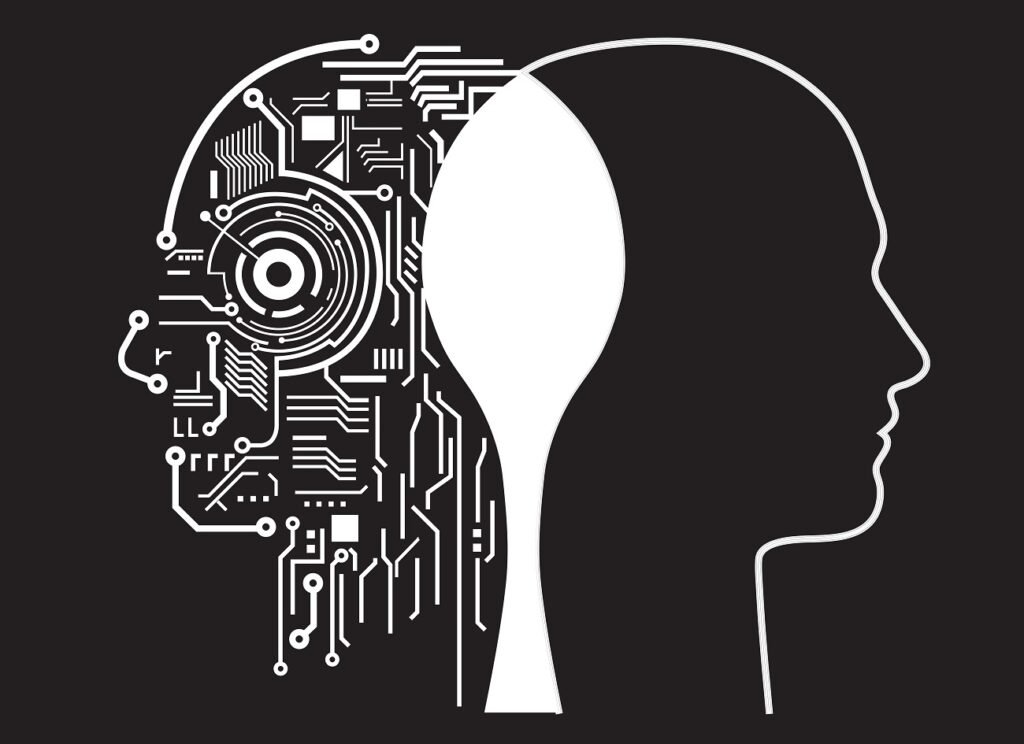Artificial intelligence has infiltrated various aspects of our life and work and is constantly becoming more human-like. Now ChatGPT’s advanced voice feature has a warm, engaging, confident and charismatic voice and tone, or Character.ai lets you talk to famous personalities like Elon Musk or even Napoleon Bonaparte. But does making AI more human-like make it more trustworthy? The researchers’ answer is negative; They suggest a different approach.
According to an article by researchers in the Harvard Business Review, most tech companies seem to believe that if AI had a human face or voice, we would like and trust it more. This belief is perhaps in line with some scientific evidence that points to the positive effects of humanizing artificial intelligence to gain consumer trust. Marketing researchers from King’s College London and Erasmus University Rotterdam now argue that humanizing AI may not be the optimal approach and could even have unintended consequences.
For example, drawing similarities between artificial intelligence and humans can create unrealistic expectations about its capabilities and lead to user frustration if it fails. A new study has found that human chatbots decrease customer satisfaction and purchase intent. In other words, consumers expect more from a human-like chatbot, and when AI fails to meet expectations, the customer feels disappointed.
A new approach to increase users’ trust in artificial intelligence
Researchers say that the further we go in humanizing artificial intelligence, the more complicated the issues may be. For example, in the end, during the process of humanization, artificial intelligence must have a certain gender and race to appear more realistic, which causes human stereotypes to spread to artificial intelligence as well. To prevent this from happening, some companies have developed chatbots whose voices are neither male nor female.
So, what approach should we take to make artificial intelligence more widely accepted?
Researchers say that instead of humanizing artificial intelligence, it is better to highlight the role of humans in the development of artificial intelligence; It means to say that the artificial intelligence system is the product of human work.
To prove this concept, researchers conducted various experiments. In one, participants were told to upload a photo and receive feedback from an AI to help them improve their photography skills. The participants were divided into different groups, and one group was told that human data scientists and photography experts were involved in the development of artificial intelligence. In another group, an artificial intelligence with a human name and image was used; In this group, the human element was completely removed and the participants were told that their artificial intelligence was developed based on machine learning algorithms.
Participants were then asked to rate how helpful the AI feedback was. Even though the groups used the same AI, the group that emphasized human elements accepted AI feedback better and perceived it as useful.

Of course, now there are artificial intelligence tools that use this approach and have been welcomed by more users. An example is Eduaide.AI; A special AI tool to help teachers automate administrative tasks that touts its founders’ educational backgrounds and bills itself as “developed by educators.” SkinVision can also be an example that skin health professionals were involved in its development and this is communicated to users.
In general, like other products that gain more acceptance when they are labeled “organic” or “carbon neutral”, we should also emphasize the human elements when offering artificial intelligence tools.
RCO NEWS















